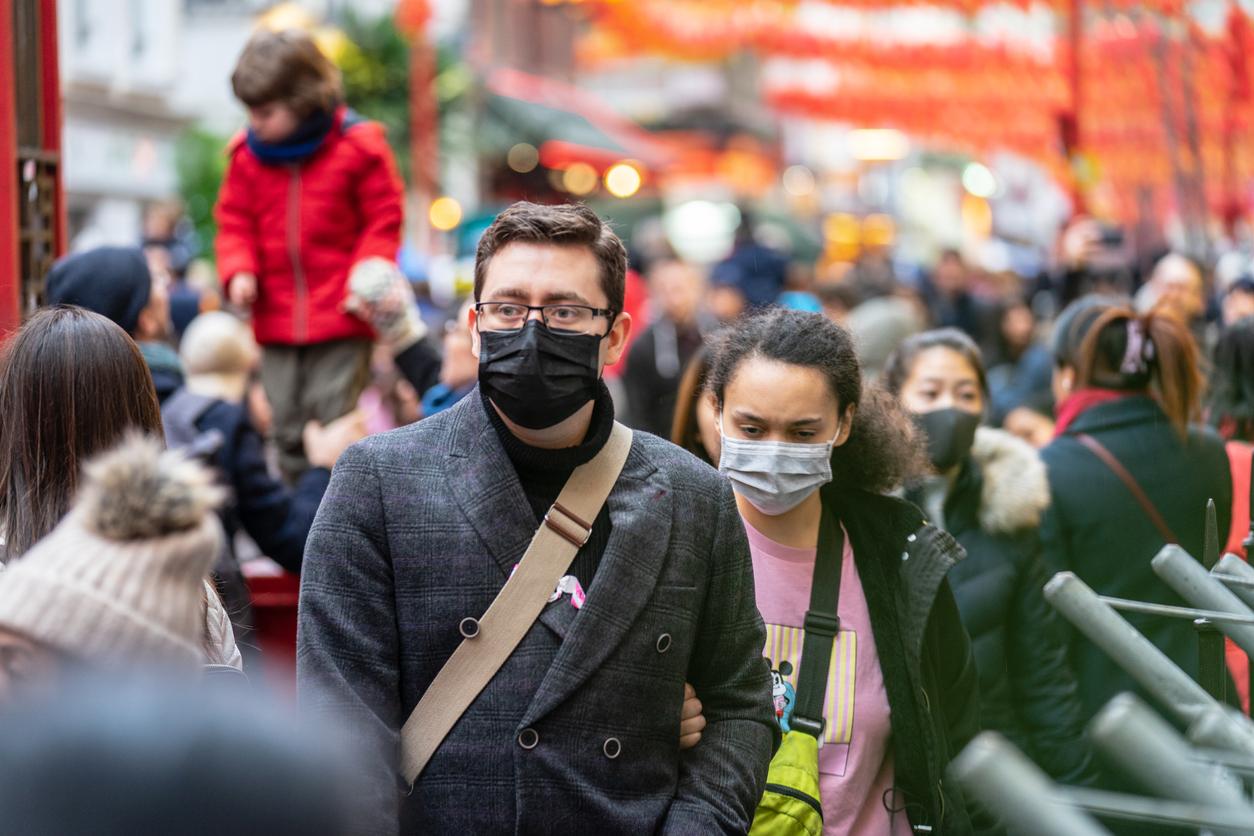Coronavirus: What is the difference between Covid-19 and the common cold and flu?
Covid-19 shares many of the same symptoms as the cold and flu but is far more deadly, health officials say

Your support helps us to tell the story
From reproductive rights to climate change to Big Tech, The Independent is on the ground when the story is developing. Whether it's investigating the financials of Elon Musk's pro-Trump PAC or producing our latest documentary, 'The A Word', which shines a light on the American women fighting for reproductive rights, we know how important it is to parse out the facts from the messaging.
At such a critical moment in US history, we need reporters on the ground. Your donation allows us to keep sending journalists to speak to both sides of the story.
The Independent is trusted by Americans across the entire political spectrum. And unlike many other quality news outlets, we choose not to lock Americans out of our reporting and analysis with paywalls. We believe quality journalism should be available to everyone, paid for by those who can afford it.
Your support makes all the difference.On 22 September new legislation was introduced in England to help prevent the further spread of coronavirus, including asking office workers to work from home and implementing a 10pm curfew on all pubs and restaurants.
In October, Boris Johnson took things a step further by implementing a new set of lockdown measures, or “three tiers” of lockdown, including Medium, High and Very High. The rules include the closure of some hospitality venues and a ban on household mixing in the most extreme cases.
The prime minister said the legislation was being introduced to combat the rising number of coronavirus cases and prevent another “wholesale national lockdown” as the country heads into the winter months.
Every year the UK experiences a surge in flu cases in the winter so the government is concerned that the impact of both flu and Covid-19 on the NHS could overwhelm it.
Many people experience illness at this time of year including colds and sniffles - not least because of the return of children to schools and students to universities across the country.
But this year how will we know whether our symptoms are a sign of a cold or being run-down, flu, or Covid-19? How does coronavirus differ from the regular winter flu and common cold?
What is coronavirus?
According to the World Health Organisation (WHO), coronaviruses are a large family of viruses that can cause illnesses ranging from the common cold to more severe diseases such as Middle East Respiratory Syndrome (MERS-CoV) and Severe Acute Respiratory Syndrome (SARS-CoV).
A novel coronavirus (nCoV) like Covid-19 is a new strain that has not been previously identified in humans.
Covid-19 is thought to have originated in a food market in Wuhan, China, the epicentre of the outbreak. Coronaviruses are zoonotic, meaning they are transmitted between animals and humans.
Like other viruses Covid-19 is passed from person to person through droplets of moisture that leave the body when coughing and sneezing. This is why face masks have become a requirement in many public places.
How is coronavirus different from the flu and common cold?
The common cold is caused by a different strain of virus to the Covid-19.
Most coronaviruses, such as the common cold, cause mild infection in the upper respiratory tract and produce relatively minor symptoms such as a stuffy nose, sore head and sore throat.
People who contract Covid-19 suffer from respiratory systems that can cause coughing, shortness of breath, difficulty breathing and fever.
The infection can also cause pneumonia, kidney failure and in the most serious cases, death.
Meanwhile, flu is caused by a number of different influenza viruses. Flu is very infectious and easily spreads to other people, and is likely to be passed on to another person with the first five days of infection.
Flu symptoms can be slightly more serious than those associated with the common cold, with some people experiencing a loss of appetite, diarrhoea or tummy pain, feeling sick and being sick.
In the most serious cases, flu can also cause pneumonia.
In most people, common cold symptoms usually peak within the first two to three days of infection, while the effects of Covid-19 appear two to 14 days after exposure.
Why is coronavirus more dangerous than the common cold and flu?
For years, scientists have been studying flu and the common cold, meaning that a number of treatments, such as the flu jab are available to help battle against getting ill.
Because Covid-19 is new, there is no vaccination against it. Medics say it could be as long as a year before a Covid-19 vaccination is produced.
Coronavirus also presents an issue with a longer infectious window and asymptomatic carriers.
If a person has COVID-19, they may be contagious for a longer period of time than if they had flu, says the Centre for Disease Control.
With Covid-19 a person develops symptoms 5 days after being infected, but symptoms can appear as early as 2 days after infection or as late as 14 days after infection, and the time range can vary.

Join our commenting forum
Join thought-provoking conversations, follow other Independent readers and see their replies
Comments